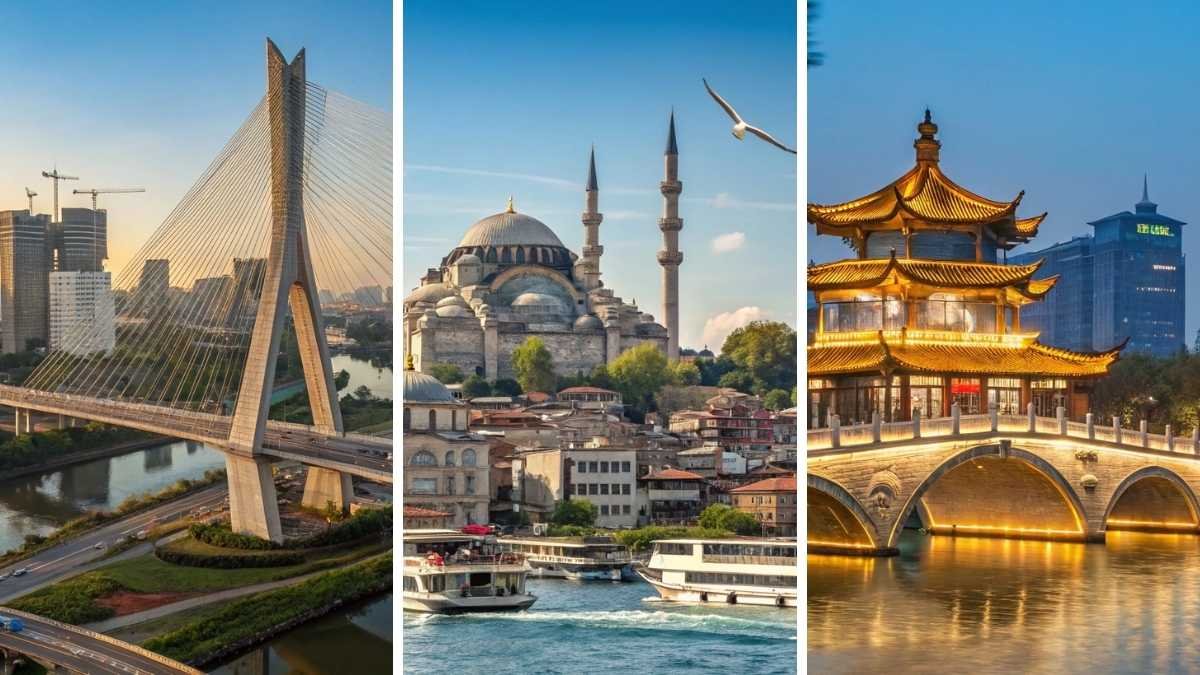
Ever drive over a crumbling bridge, wait on a late train, or lose Wi-Fi in the middle of a city and think—how is this still happening in America? While we keep debating potholes and patchwork fixes, other countries—many labeled “third world”—are quietly racing ahead.
Built smarter transit, cleaner airports, faster trains, and better digital systems, often on a fraction of the budget. It’s not just humbling—it’s downright embarrassing.
This list isn’t here to shame, but it will surprise you. Because once you see what’s being built elsewhere, you might start wondering why we’re still settling for less.
1. Singapore
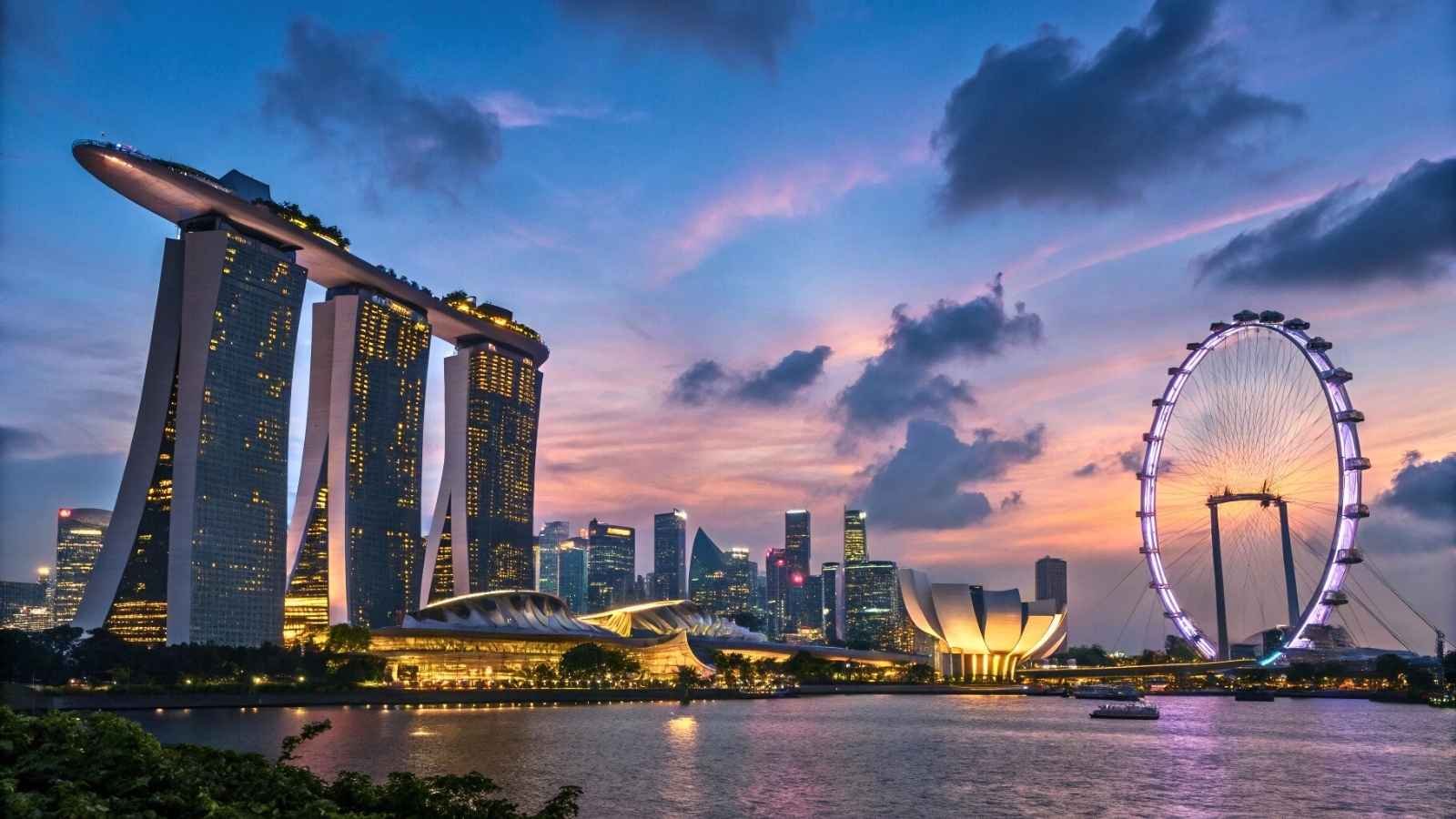
Singapore isn’t just ahead of the curve—it built the curve. This city-state has transformed from a struggling port in the 1960s to a global model of urban planning, public transit, and digital infrastructure. Everything feels like it runs on rails—from the spotless streets to its airport that’s consistently ranked as the world’s best. Changi Airport, for example, has its butterfly garden, waterfall, and free movie theater. Meanwhile, Wi-Fi is lightning-fast and everywhere, and the MRT (subway) system is so efficient you can set your watch by it.
One thing that stands out is how seamlessly everything integrates—the transportation grid links to commercial zones, residential towers, parks, and even underground shopping centers. There’s a sense of order and intentionality that many American cities just don’t match. While U.S. infrastructure debates lag in red tape, Singapore is already piloting autonomous buses and vertical farming towers integrated into high-rises.
And the kicker? They did it all while remaining one of the cleanest, safest countries on Earth. The government reinvests in smart infrastructure and urban design constantly. It’s not a “what if”—it’s a “why aren’t we doing this too?” moment for many first-time visitors from the U.S.
Quick Guide:
- Best Months to Visit: February to April (least rainfall, cooler breeze)
- Infrastructure Highlights: MRT system, Changi Airport, smart traffic control, water recycling systems
- Getting Around: Contactless MRT card (EZ-Link), cabs, and even autonomous shuttles in some zones
- Insider Tip: Visit the Jewel complex at Changi even if you’re not flying—it’s a destination on its own
2. United Arab Emirates

In the UAE, infrastructure isn’t just practical—it’s monumental. Skyscrapers like the Burj Khalifa don’t just scrape the sky—they anchor entire districts designed from scratch. Dubai and Abu Dhabi have engineered entire cityscapes on reclaimed land, with meticulous road systems, world-class airports, and hyper-modern public transport like the Dubai Metro, which runs driverless trains and spotless, air-conditioned stations.
What sets it apart is its long-range vision. UAE is already testing hyperloop systems and expanding its electric vehicle infrastructure, while the U.S. still struggles with potholes and delayed Amtrak lines. It’s not perfect—some rural areas still lag—but in the major hubs, the contrast with many American cities is jarring. Clean, punctual, and futuristic are not words you often use in the same sentence as “infrastructure,” but they fit here.
That said, the cityscapes can feel surreal. If you’re used to crumbling highways or haphazard zoning, stepping into the UAE’s city planning feels like stepping into 2035. And they’re not slowing down—plans are in motion for smart city expansions and carbon-neutral transit systems that are leaps ahead of most developed nations.
Quick Guide:
- Best Months to Visit: November to March (cooler temperatures, ideal for outdoor exploring)
- Infrastructure Highlights: Driverless metro, mega-highways, smart city planning, desert cooling systems
- Getting Around: NOL card for public transport; taxis and Ubers are also cheap and reliable
- Insider Tip: Try the Abu Dhabi-Dubai intercity buses—luxury seats, on time, and dirt cheap
3. China

It’s impossible to ignore how China has redefined what infrastructure development looks like. In just over two decades, the country built more high-speed rail lines than the rest of the world combined, connecting megacities like Beijing, Shanghai, and Shenzhen at speeds up to 217 mph. That means cross-country trips that take hours, not days. The roads are wide and clean, metro systems are expanding at breakneck speeds, and digital payment infrastructure is so advanced that cash is borderline obsolete.
But it’s not just about transit. China’s urban planning has gone vertical, horizontal, and underground—frequently all at once. Smart city zones in places like Hangzhou use facial recognition, app-based citizen services, and traffic-light AI optimization. Compare that to parts of the U.S. still relying on dial-up-speed bureaucracies and decaying water systems, and the contrast is stark.
Of course, China’s infrastructure boom came with central planning and fewer regulatory hurdles, but the outcome is hard to ignore. Tourists used to U.S. airports or highways often come away stunned by the scale, cleanliness, and functionality they experience in Chinese cities. It’s a reminder of what’s possible when a country prioritizes infrastructure as a national imperative.
Quick Guide:
- Best Months to Visit: September to October (mild weather, fewer crowds)
- Infrastructure Highlights: World’s largest high-speed rail network, mega-bridges, metro systems in 50+ cities
- Getting Around: WeChat Pay/Alipay for everything; QR code bike shares and subways in most urban zones
- Insider Tip: Download MetroMan or Baidu Maps in advance—it makes navigating China’s massive systems easy
4. Qatar
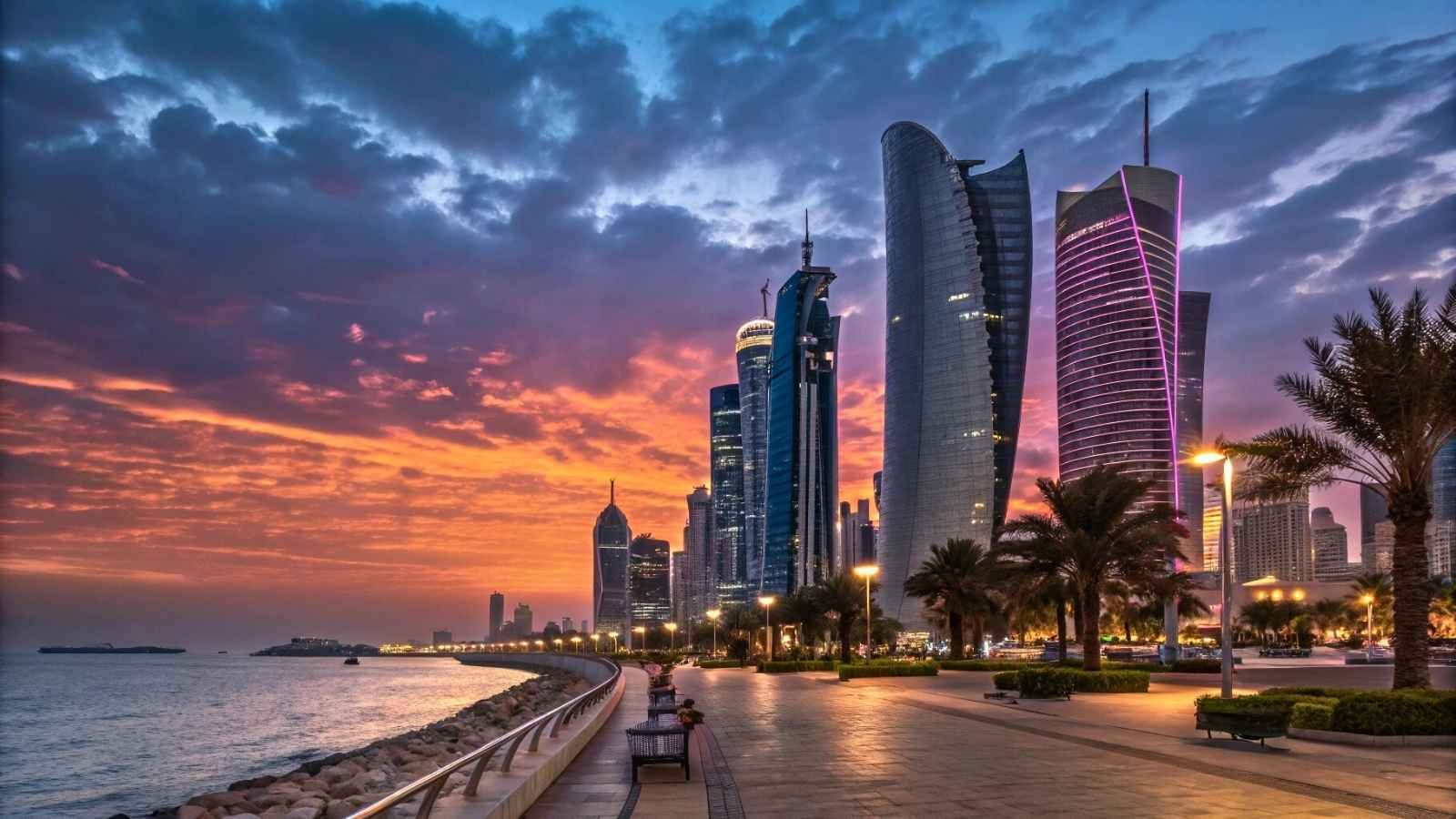
Tiny in size but massive in infrastructure ambition, Qatar has punched well above its weight. The capital, Doha, feels like a showroom for future urban living: immaculate roads, precision traffic systems, and newly built stadiums and metro lines timed for both the World Cup and long-term urban use. The Doha Metro—driverless, ultra-modern, and interconnected—is arguably one of the best new metro systems on Earth.
The airport—Hamad International—is often rated among the top globally, with its museum-quality architecture and tech-forward services. Even basic public amenities like parks, libraries, and restrooms feel futuristic. And the roads? They gleam, literally. Compare that to American pothole-riddled suburban roads, and the difference is borderline embarrassing.
Qatar’s small population and immense wealth make much of this possible, yes—but they’ve used that wealth with a level of urban planning that many larger nations never manage. Their long-term infrastructure plan—Qatar National Vision 2030—puts sustainability, livability, and innovation front and center.
Quick Guide:
- Best Months to Visit: November to early April (cool and pleasant)
- Infrastructure Highlights: Doha Metro, Hamad International Airport, Lusail Smart City, energy-efficient stadiums
- Getting Around: Metro cards, taxis, Uber, and well-connected bus lines
- Insider Tip: The metro runs directly to stadiums, malls, and cultural districts—no need for a rental car
5. South Korea
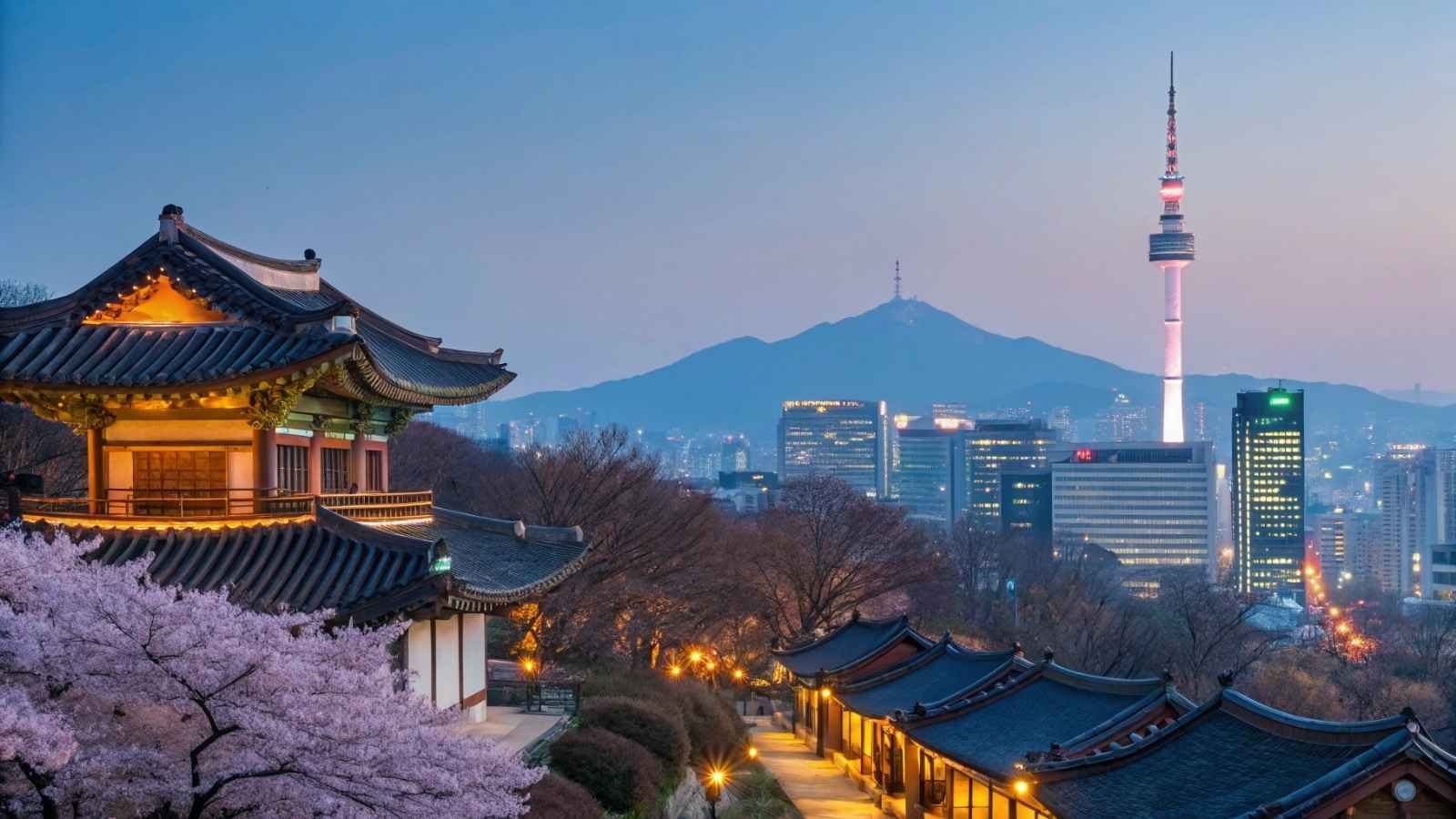
South Korea is what happens when digital innovation meets efficient public works. Seoul is not just a city—it’s an experience in precision. The subway system, with over 20 lines, is spotless, multilingual, and integrated with apps that show train ETA down to the second. High-speed rail (KTX) zooms across the country, while buses run with Swiss-like punctuality. And everything—from lockers to toilets—is smart, intuitive, and immaculate.
What makes South Korea stand out is its technology-first approach to infrastructure. Cities are blanketed in free public Wi-Fi, contactless payments are standard even in vending machines, and smart traffic and surveillance systems keep everything running smoothly. And yes, they manage all this while maintaining beautiful public spaces, hiking trails, and even urban waterfalls. It’s a country where tech doesn’t just serve convenience—it elevates the quality of life.
Unlike in many parts of the U.S., there’s a sense that everything was designed for people. The sidewalks are wide, accessible, and lined with art, shade, and public seating. You get the feeling they expect people to live well in cities, not just pass through them stressed and rushed.
Quick Guide:
- Best Months to Visit: March to May or September to November (pleasant weather and festivals)
- Infrastructure Highlights: KTX rail, Seoul Metro, IoT-integrated street systems, smart waste and water management
- Getting Around: T-Money cards for everything from buses to taxis; Naver Maps is more reliable than Google Maps here
- Insider Tip: Use the subway even if you’re traveling long distances—it’s often faster and always more pleasant than driving
6. Malaysia

Malaysia may not always land on people’s radar for cutting-edge development, but those who’ve been there know—this country runs impressively well. Kuala Lumpur’s skyline is dotted with high-rises that rival any in the West, and the city’s rail transit system (LRT, MRT, Monorail) connects seamlessly to malls, parks, airports, and business districts. Even mid-sized cities like Penang and Johor Bahru have excellent roads, modern hospitals, and digital services that feel light years ahead of many American towns.
The real surprise lies in the balance—Malaysia has managed to grow without losing its cultural soul. New highways and high-speed rail links cut across tropical rainforests without overwhelming them, and urban planning here makes space for greenery, clean public spaces, and wide sidewalks. It’s the kind of place where you can leave a train station and walk into an air-conditioned library, a traditional market, or a skyscraper without skipping a beat.
Also worth noting—Wi-Fi is fast and cheap, mobile payments are widespread, and most ATMs and services are multilingual. While America deals with outdated bridges and patchy broadband, Malaysia is building new ports, digital parks, and smart cities with minimal fuss and far more coherence.
Quick Guide:
- Best Months to Visit: December to February (cooler, less rain on the west coast)
- Infrastructure Highlights: KLIA airport, integrated metro/bus systems, Iskandar smart city project
- Getting Around: Touch ‘n Go card, Grab app for cabs, extensive intercity trains
- Insider Tip: Use the KLIA Ekspres to zip into the city—it’s faster than any cab and always on time
7. Saudi Arabia
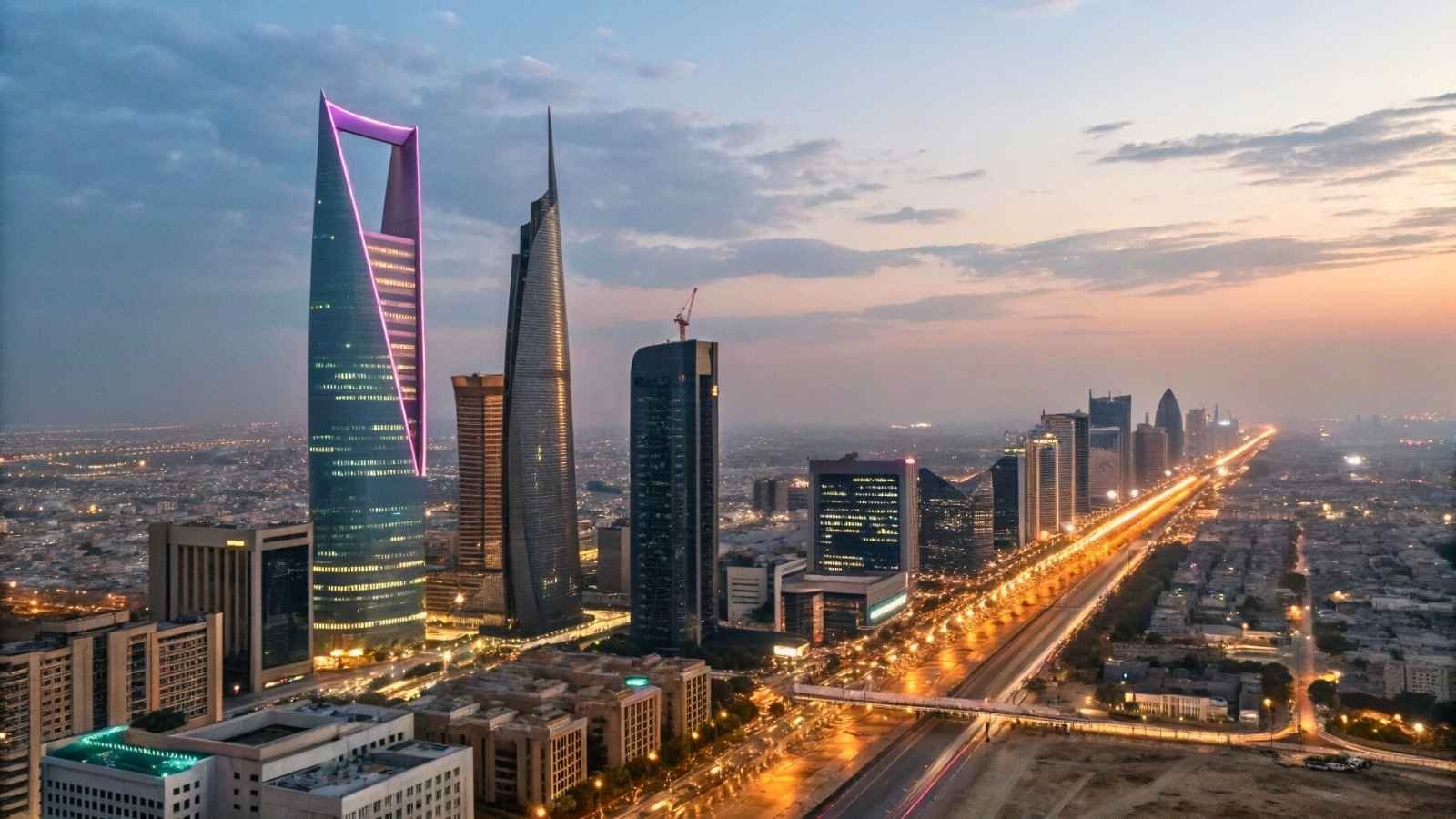
Once known mostly for oil wealth and desert expanses, Saudi Arabia is now reinventing itself through infrastructure, and fast. The country’s Vision 2030 plan has triggered a massive investment wave into rail networks, new cities, airports, and roads. The Haramain High-Speed Railway connects Mecca and Medina at nearly 190 mph, offering first-world service in a place most outsiders wouldn’t expect it. Riyadh and Jeddah are rapidly building metro systems to rival any Western city.
Then there’s NEOM, a futuristic smart city being built from scratch on the Red Sea coast—planned to have autonomous vehicles, floating ports, and even vertical farming. While it’s still under construction, the sheer ambition—and progress—is jaw-dropping. Meanwhile, major highways are newly paved, signage is crisp, and intercity bus travel has gone luxury, with clean, reclining-seat coaches that feel more like business class.
While parts of rural America are stuck with rusty water pipes and collapsing overpasses, Saudi Arabia is installing solar mega-projects, desalination plants, and smart traffic systems. It’s a reminder that, sometimes, rapid transformation comes from unlikely places—especially when a nation decides to modernize with intent.
Quick Guide:
- Best Months to Visit: November to February (cooler weather and ideal for sightseeing)
- Infrastructure Highlights: Haramain Railway, King Abdulaziz Airport, NEOM city project, new Riyadh Metro
- Getting Around: Modern buses, taxis, Careem ride app; rental cars require an International Driving Permit
- Insider Tip: Mecca and Medina transport services are shockingly efficient—even during peak pilgrimage seasons
8. Turkey

Turkey wears its infrastructure evolution like a second skin—bridging ancient culture with 21st-century systems. In Istanbul, Europe and Asia meet via marvels like the Marmaray Tunnel, a rail link that runs beneath the Bosphorus. The city’s metro network is clean, quick, and constantly expanding, while long-distance trains and buses are so well-run, many locals skip domestic flights. Turkey’s intercity bus system is considered one of the best in the world, with personal screens, free Wi-Fi, and attendants.
Outside Istanbul, cities like Ankara, Izmir, and Antalya feature efficient tram networks, wide highways, and surprisingly modern airports. And speaking of airports, Istanbul Airport is now one of the largest and most advanced in the world, designed as a global hub with smooth immigration, fast connections, and endless amenities.
It’s not all concrete and cables either—Turkey invests heavily in green infrastructure, like solar farms, high-altitude reservoirs, and walkable urban districts. Where U.S. cities may have vast sprawl and crumbling sidewalks, Turkish metros offer seamless interchanges, ride-sharing e-scooters, and smart public transit apps.
Quick Guide:
- Best Months to Visit: April to June, September to October (mild weather, fewer crowds)
- Infrastructure Highlights: Istanbul Airport, high-speed rail lines, Marmaray Tunnel, e-mobility systems
- Getting Around: Istanbulkart transit pass, world-class buses, and affordable taxis
- Insider Tip: Take a long-distance coach at least once—it’s like a first-class flight on wheels
9. Thailand

Thailand doesn’t always make headlines for infrastructure, but it absolutely should. Bangkok’s BTS Skytrain and MRT subway are fast, clean, and shockingly modern. They glide over traffic that once paralyzed the city and now link up with ferries, airports, and malls with impressive efficiency. Intercity travel is getting a major boost, too, thanks to new high-speed rail projects and highway expansions that make getting around the country easier than ever.
Unlike in the U.S., where public transport often feels like a last resort, in Bangkok it’s the preferred way to move—air-conditioned, on-time, and packed with both locals and tourists. Thailand also boasts well-developed regional airports, cheap domestic flights, and extensive rural electrification. Even rural towns have paved roads and fiber-optic internet, which is a game-changer for digital nomads.
In short, it’s a country that’s mastered layered infrastructure—mixing trains, buses, boats, and planes into a seamless travel experience. Sure, there are gaps in rural planning and some delays in national projects, but compared to aging American metros, Thailand’s progress is refreshingly visible.
Quick Guide:
- Best Months to Visit: November to February (cool, dry, and perfect for travel)
- Infrastructure Highlights: BTS/MRT systems, Suvarnabhumi Airport, highway network, regional airports
- Getting Around: Rabbit Card for transit; Grab app for taxis and deliveries
- Insider Tip: Water taxis along the Chao Phraya are not just scenic—they’re fast and skip traffic altogether
10. Vietnam
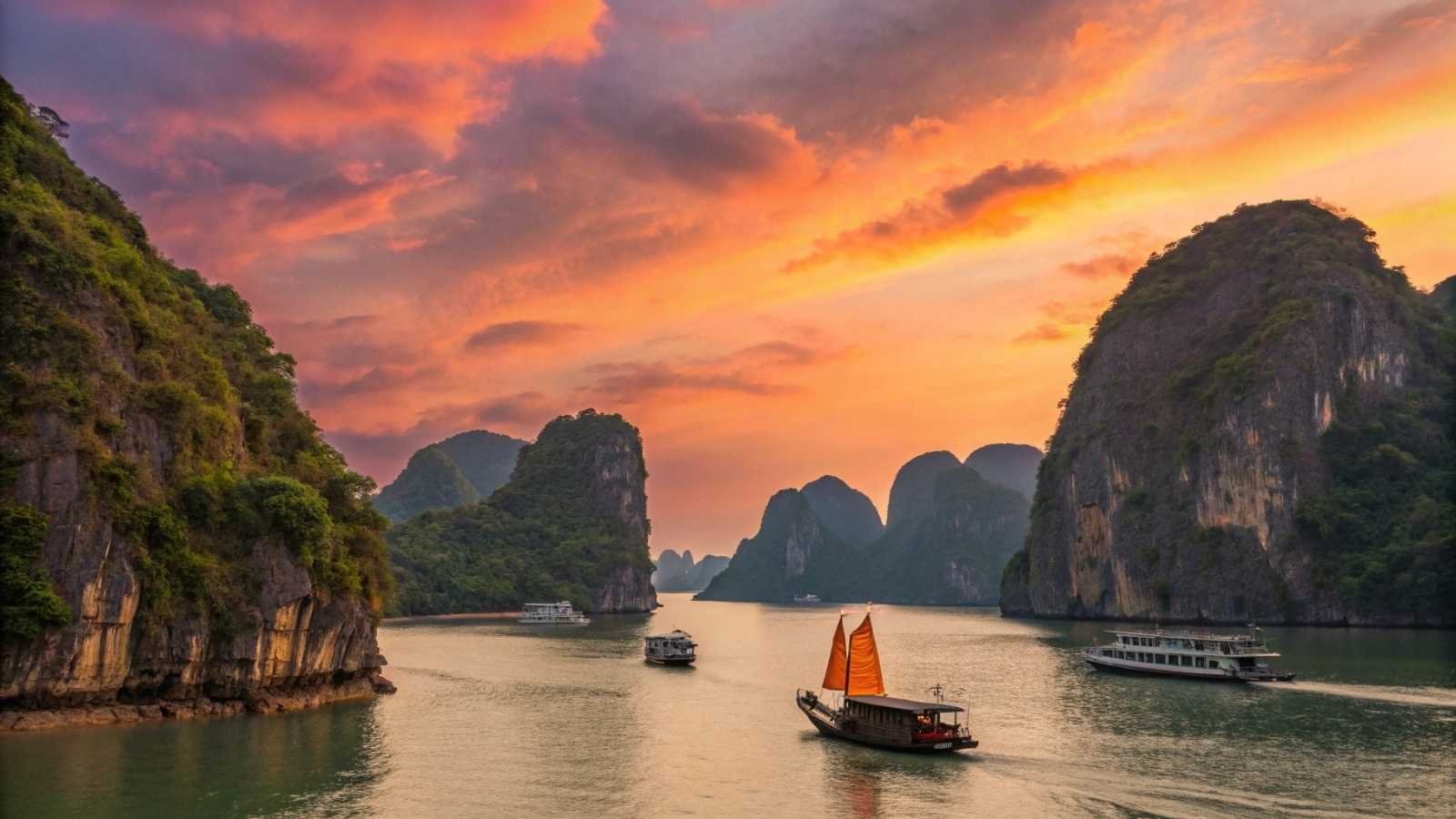
Vietnam’s infrastructure has made a quantum leap in just the past decade. From the chaos of motorbikes to newly laid metro lines, this country is on a mission to modernize. Hanoi and Ho Chi Minh City now boast newly operational metro systems, and the airports—particularly in Da Nang and Saigon—are sleek, clean, and getting constant upgrades. Major highways now connect north to south, while international-standard bridges and tunnels help cities breathe easier.
What’s especially impressive is how Vietnam is upgrading without losing its cultural vibe. While broadband and 4G cover even remote mountain villages, you’ll still see traditional markets and old-world charm coexisting with smart lighting systems and green urban zones. The cost of living may be low, but the digital and physical infrastructure is surprisingly advanced—faster mobile data, cashless apps, and reliable intercity trains that put some Amtrak lines to shame.
And the future? Vietnam is betting big on renewable energy, smart cities like Thu Duc, and Southeast Asia–wide rail links that will plug it into regional trade and travel hubs. Compared to the U.S., where projects can drag for years, Vietnam is sprinting—and catching up fast.
Quick Guide:
- Best Months to Visit: March to April or October to November (dry and pleasant)
- Infrastructure Highlights: Ho Chi Minh Metro, expressways, expanding airport terminals, broadband rollouts
- Getting Around: Metro cards (HCMC), Grab for bikes and cabs, VNR for trains
- Insider Tip: Domestic flights are cheap, but Vietnam’s sleeper trains offer a uniquely comfortable way to see the countryside
11. India
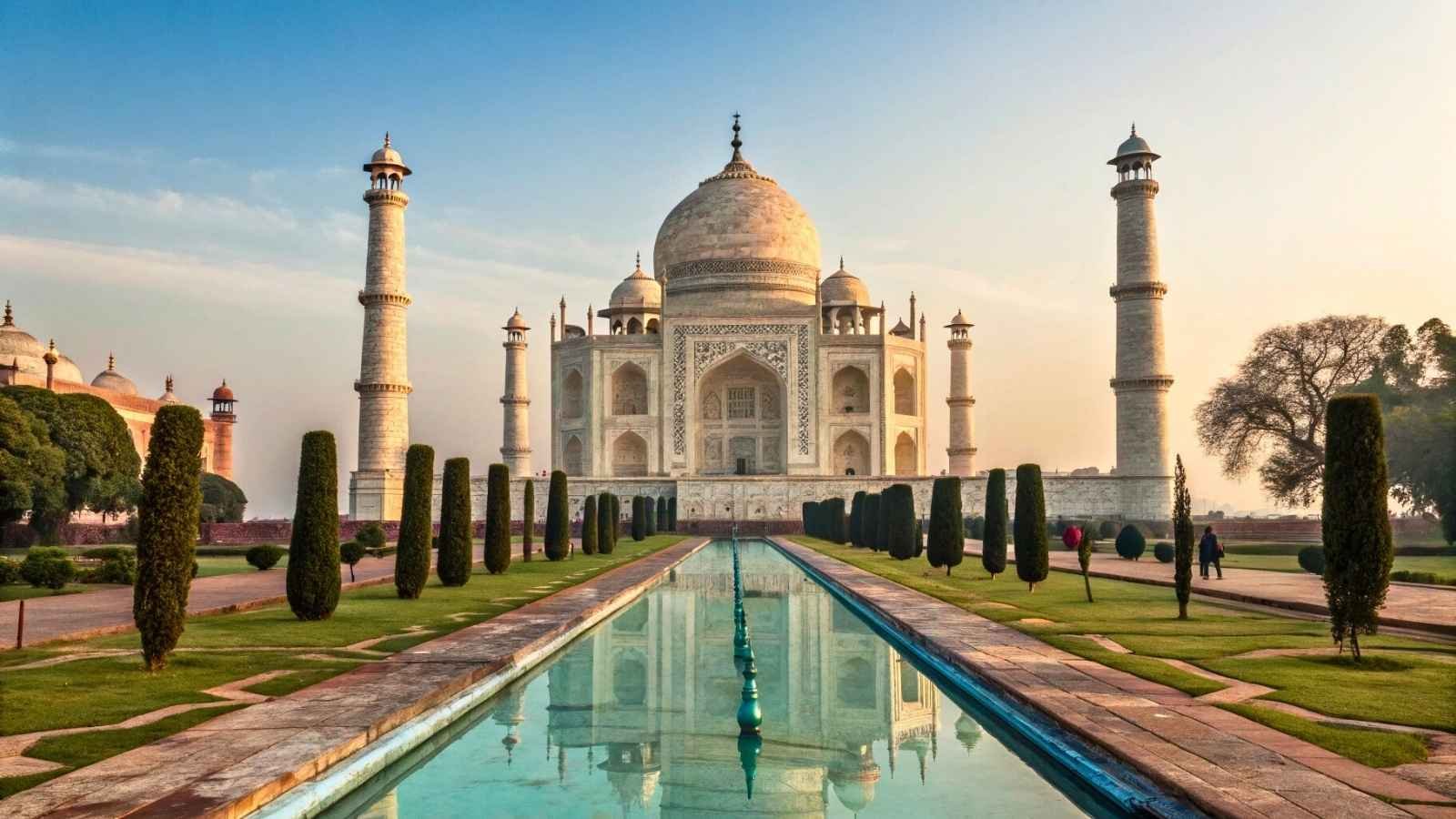
If your idea of India is all chaos and cows, it’s time for an update. India has pulled off one of the most dramatic infrastructure overhauls in recent history. The country now boasts the fourth-largest rail network in the world, with high-speed trains like Vande Bharat Express connecting cities in sleek comfort. Metro systems have exploded across major metros—Delhi, Mumbai, Bangalore, and more—with air-conditioned trains, smart cards, and stations cleaner than most American subways.
Beyond transport, India’s digital infrastructure is a revelation. Thanks to its homegrown tech like UPI (Unified Payments Interface), even a street vendor selling tea can accept contactless payments, and fast mobile data blankets nearly every corner, from the Himalayas to beach towns in the south. Compare that to patchy U.S. rural broadband, and you start to see how far ahead India is sprinting.
India’s strength lies in its sheer scale of ambition. From expressways being laid at record speeds to smart city projects with solar grids and AI traffic control, this isn’t just catch-up—it’s leapfrog. It may not be polished everywhere yet, but momentum? Off the charts.
Quick Guide:
- Best Months to Visit: November to February (cooler weather across most regions)
- Infrastructure Highlights: Delhi Metro, Vande Bharat trains, Digital India platforms, FASTag highway toll system
- Getting Around: Metro smartcards, app-based autos (Ola, Uber), ultra-cheap domestic flights
- Insider Tip: Try Indian Railways’ new executive lounges—you’ll be shocked how modern and comfortable they are
12. Indonesia
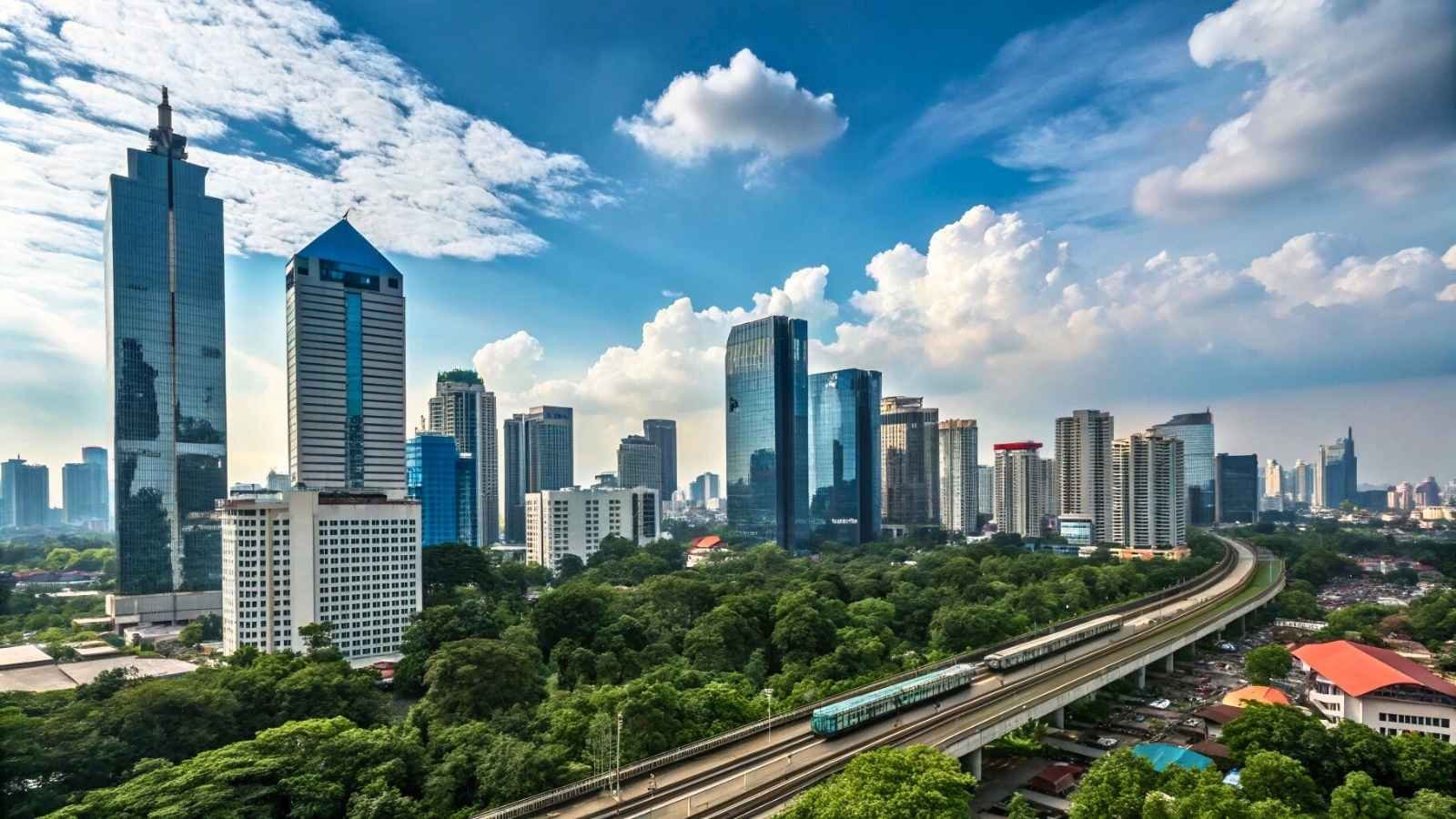
You might not expect a sprawling island nation to lead in infrastructure, but Indonesia is quietly proving people wrong. Jakarta just launched Southeast Asia’s first high-speed rail line, connecting it to Bandung in record time. Its metro and commuter rail systems are getting rapid upgrades, with more stations, better trains, and digital integration all coming online in real time.
And it’s not just Jakarta. Bali now has smart traffic management and airport facilities that beat many Western cities. Remote islands like Sulawesi and Borneo are being connected through new seaports, fiber-optic cables, and even renewable micro-grids. There’s a clear focus on building not just fast, but smart and sustainable.
Infrastructure in Indonesia is about knitting together complexity. Thousands of islands, dozens of ethnic groups, and still, you can take a bullet train, pay with your phone, and order a motorbike ride all in one day. That kind of connectivity is rare, even in the U.S.
Quick Guide:
- Best Months to Visit: May to September (dry season across most of the country)
- Infrastructure Highlights: Whoosh high-speed rail, Jakarta MRT, digital toll roads, new smart airports
- Getting Around: JakLingko card in Jakarta, Grab for ride-hailing, ferries between islands
- Insider Tip: Download the MyPertamina app—it’s used even in remote gas stations and road networks
13. Brazil
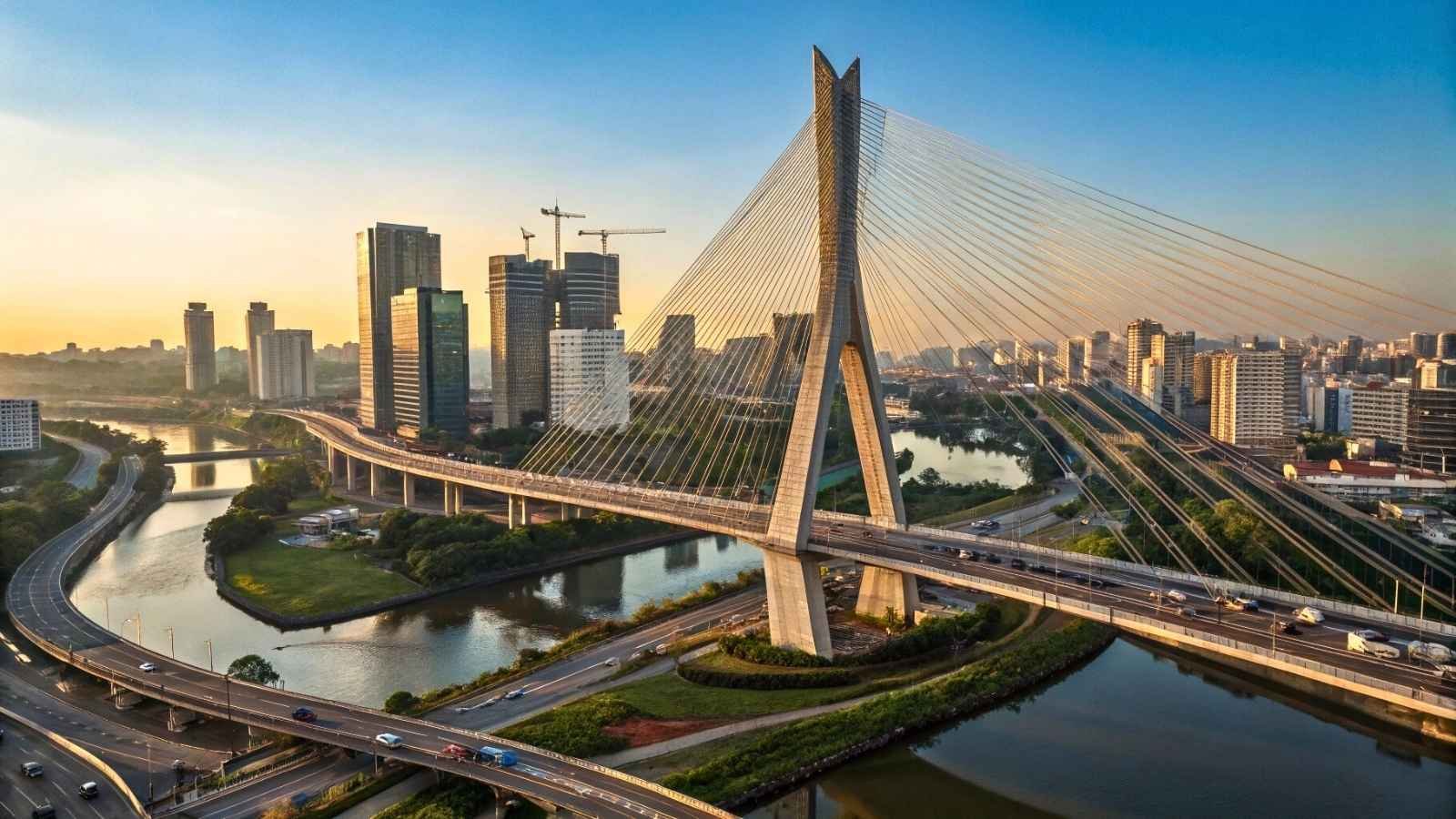
Brazil is often viewed through the lens of Carnival and beaches, but its infrastructure game is seriously underrated. São Paulo operates one of the world’s largest and cleanest urban train networks, with modern stations, LED-lit tunnels, and smart ticketing. Rio’s cable cars and trams weave through favelas and hills in ways that would make San Francisco jealous.
But the real flex? Brazil’s airports and highway networks. Major terminals like Guarulhos and Galeão have been revamped, offering clean, tech-forward spaces with easy customs and well-integrated transport links. Rural connectivity is improving too, with federal highways now linking the Amazon basin to major ports.
Brazil’s infrastructure is a mix of grit and grace—high-speed urban services humming along next to lush jungle highways and eco-smart energy grids. It’s a chaotic beauty that works far better than many expect, especially when you stack it against many underfunded, overburdened American systems.
Quick Guide:
- Best Months to Visit: April to June or September to November (off-peak and pleasant)
- Infrastructure Highlights: São Paulo Metro, modernized airports, BRT bus systems, green energy projects
- Getting Around: Bilhete Único card in São Paulo, taxis or Uber, long-distance coaches are excellent
- Insider Tip: Take the Rio tram up to Santa Teresa—urban planning meets postcard views
14. Mexico
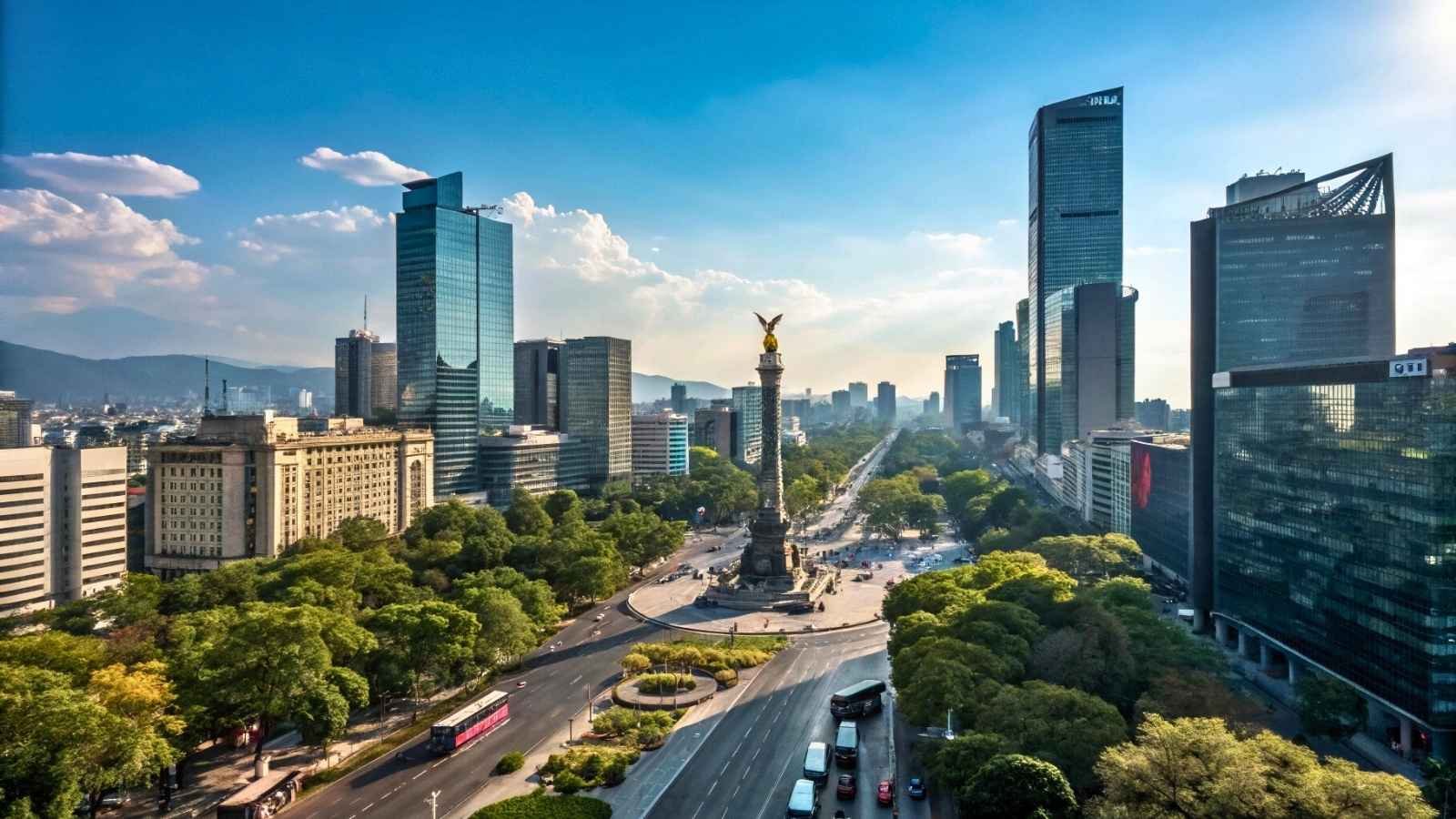
Forget everything you think you know about Mexico’s infrastructure—it’s evolving faster than you might believe. Mexico City’s metro is the second-largest in North America, and at just a few pesos per ride, it’s both efficient and astonishingly affordable. Intercity buses, especially in companies like ADO and ETN, feel more luxurious than some business-class flights in the U.S., with Wi-Fi, reclining seats, and onboard snacks.
In recent years, Mexico has leaned heavily on infrastructure as a growth engine. New expressways are slicing travel times between cities. The newly constructed Tren Maya is opening up Yucatán’s tourism corridor with modern stations and eco-considerations built in. And major cities are adopting electric buses, e-scooter systems, and digital service integration.
America often sees Mexico as “developing,” but step into a Mexican airport or modern bus terminal, and you’ll quickly feel who’s ahead. The infrastructure is people-friendly—designed for everyday life, not just big spending.
Quick Guide:
- Best Months to Visit: November to April (dry season and best weather)
- Infrastructure Highlights: Tren Maya, CDMX Metro, luxury bus terminals, toll expressways
- Getting Around: Metro card in Mexico City, Uber (widely used), ADO for intercity routes
- Insider Tip: First-class buses are affordable and often faster than flying—book online and travel in comfort
15. Egypt

Egypt may be steeped in ancient history, but it’s building a very modern future right next to it. The new capital city under construction near Cairo is a massive smart city experiment with dedicated EV roads, solar infrastructure, and smart water systems. Meanwhile, Cairo’s metro—the oldest in Africa—is being expanded with new air-conditioned trains and cleaner, safer stations.
Transport isn’t the only area getting a facelift. Roads across the country have been upgraded, with smoother highways connecting Luxor to Aswan and Red Sea resorts. New airports in Hurghada and Sharm el-Sheik rival Europe’s mid-tier terminals in style and functionality. Even Egypt’s ports are being overhauled to support faster tourism and trade.
This is a country where past and present intersect—you can leave a spotless new metro station and walk to a 1,000-year-old mosque. While America debates whether to fix old bridges, Egypt is already cutting ribbons on entirely new cities.
Quick Guide:
- Best Months to Visit: October to March (cooler and great for historical tours)
- Infrastructure Highlights: Cairo Metro expansion, New Administrative Capital, upgraded highways, and ports
- Getting Around: Metro cards, ride apps like Uber and Careem, and domestic flights are efficient
- Insider Tip: Use the metro to avoid Cairo’s notorious traffic—it’s cheap, fast, and safe for tourists
16. Philippines

The Philippines has spent years battling congestion and poor planning, but today? It’s building back smarter. Manila’s new “Build, Build, Build” program has birthed a wave of mega-infrastructure: rail lines, new expressways, skyways, and a brand-new airport terminal that’s the pride of the nation. Projects like the North-South Commuter Railway and Metro Manila Subway are transforming travel across Luzon.
Even beyond the capital, there’s movement. Cebu now has smart street lights and waste management systems. Davao boasts one of the cleanest, safest, and best-planned cities in Southeast Asia, with digital traffic control and real-time bus tracking. And island connectivity? Fast ferries, bridges, and regional airports now link the archipelago better than ever before.
Yes, the work is still in progress—but there’s no mistaking the momentum. The Philippines is turning its infrastructure into a tool of national renewal, and it’s catching up to—and in some areas, surpassing—what’s available in many parts of the U.S.
Quick Guide:
- Best Months to Visit: December to May (dry season across the islands)
- Infrastructure Highlights: Skyway systems, NAIA Terminal 2, Metro Manila Subway, ferry expansion
- Getting Around: Beep card for MRT and buses, Grab app for rides, ferries for island hopping
- Insider Tip: The new EDSA Carousel bus route uses dedicated lanes and stops—fast and shockingly efficient






